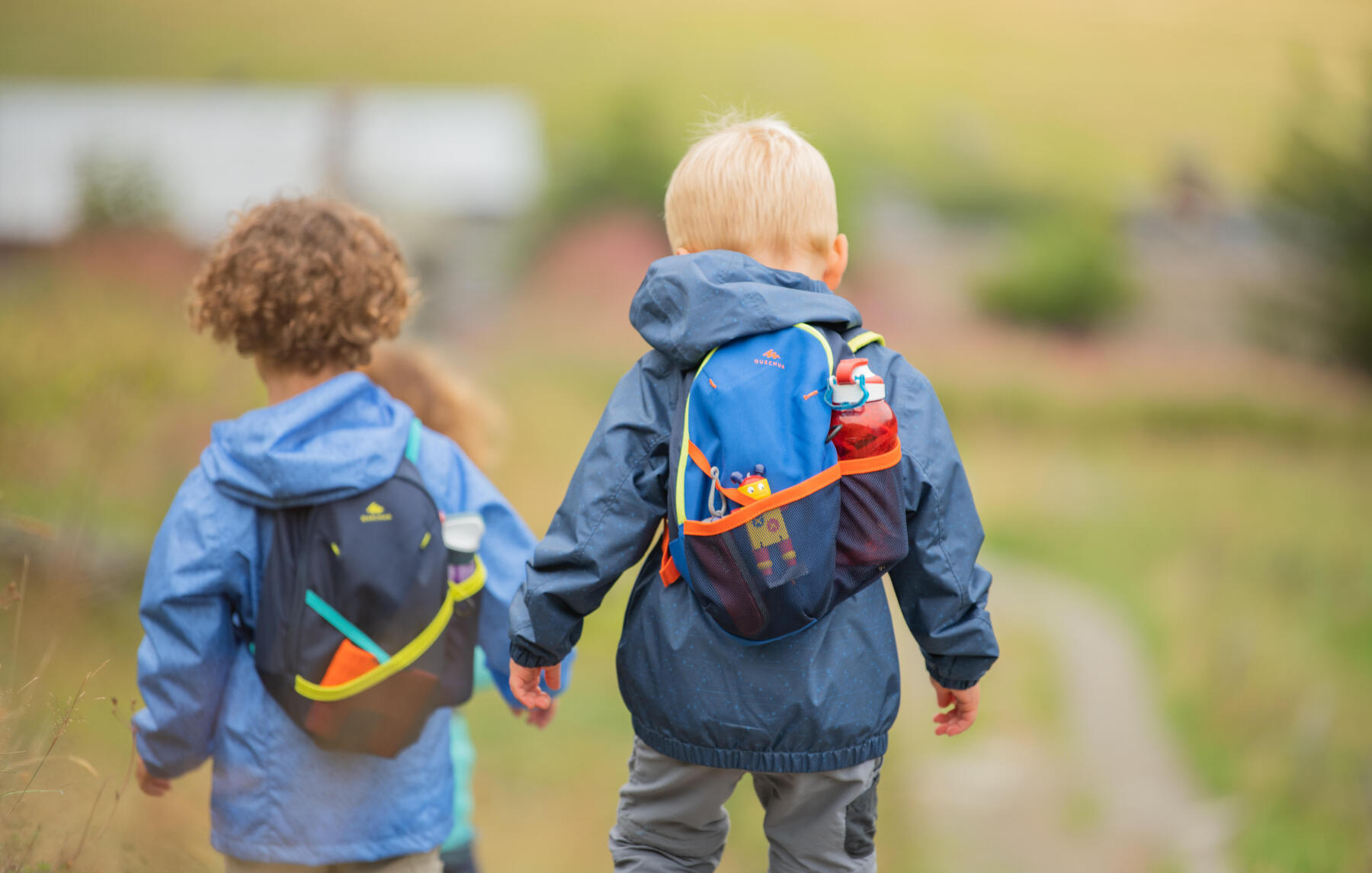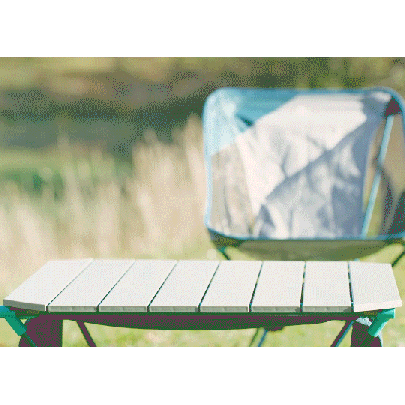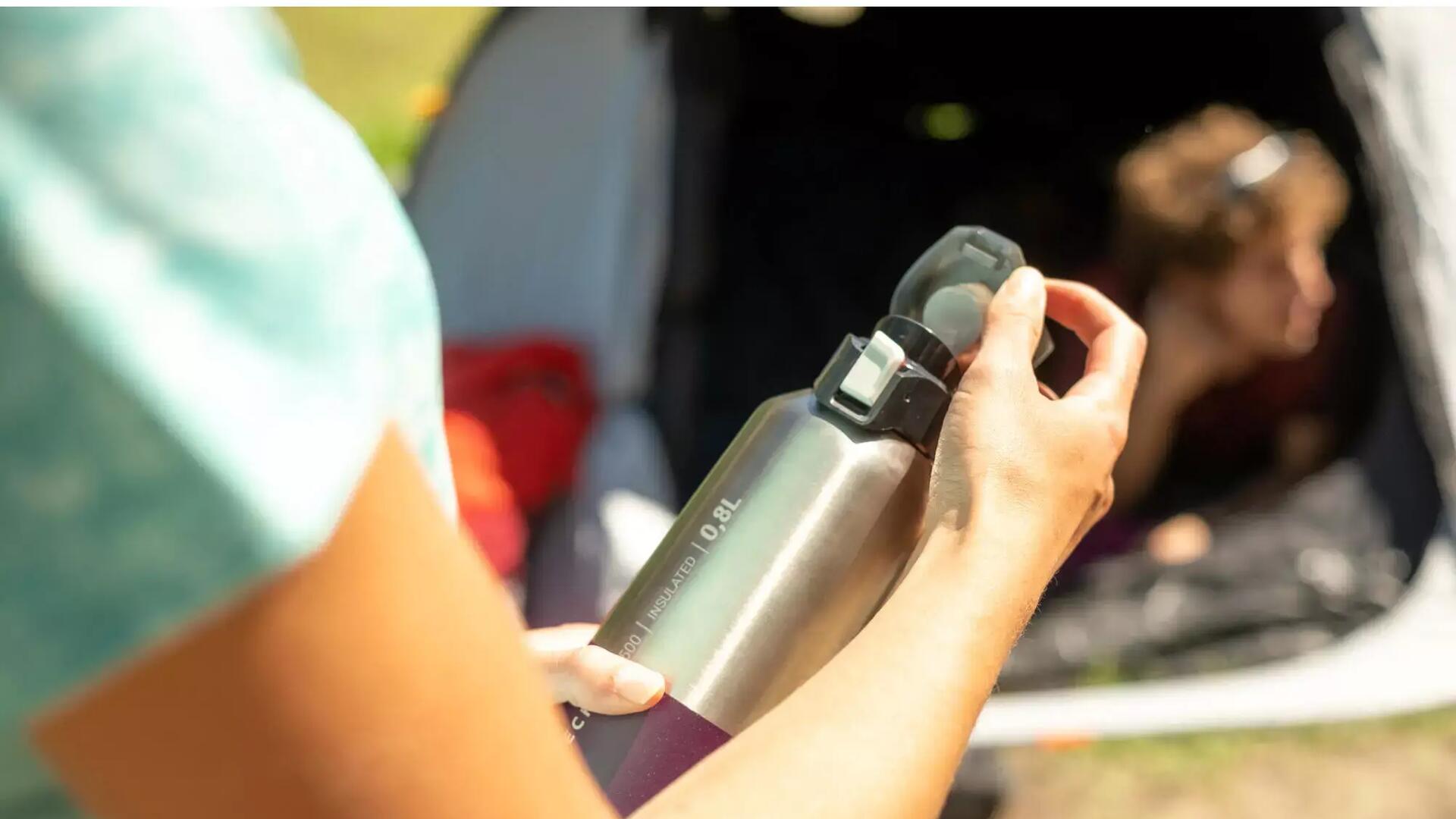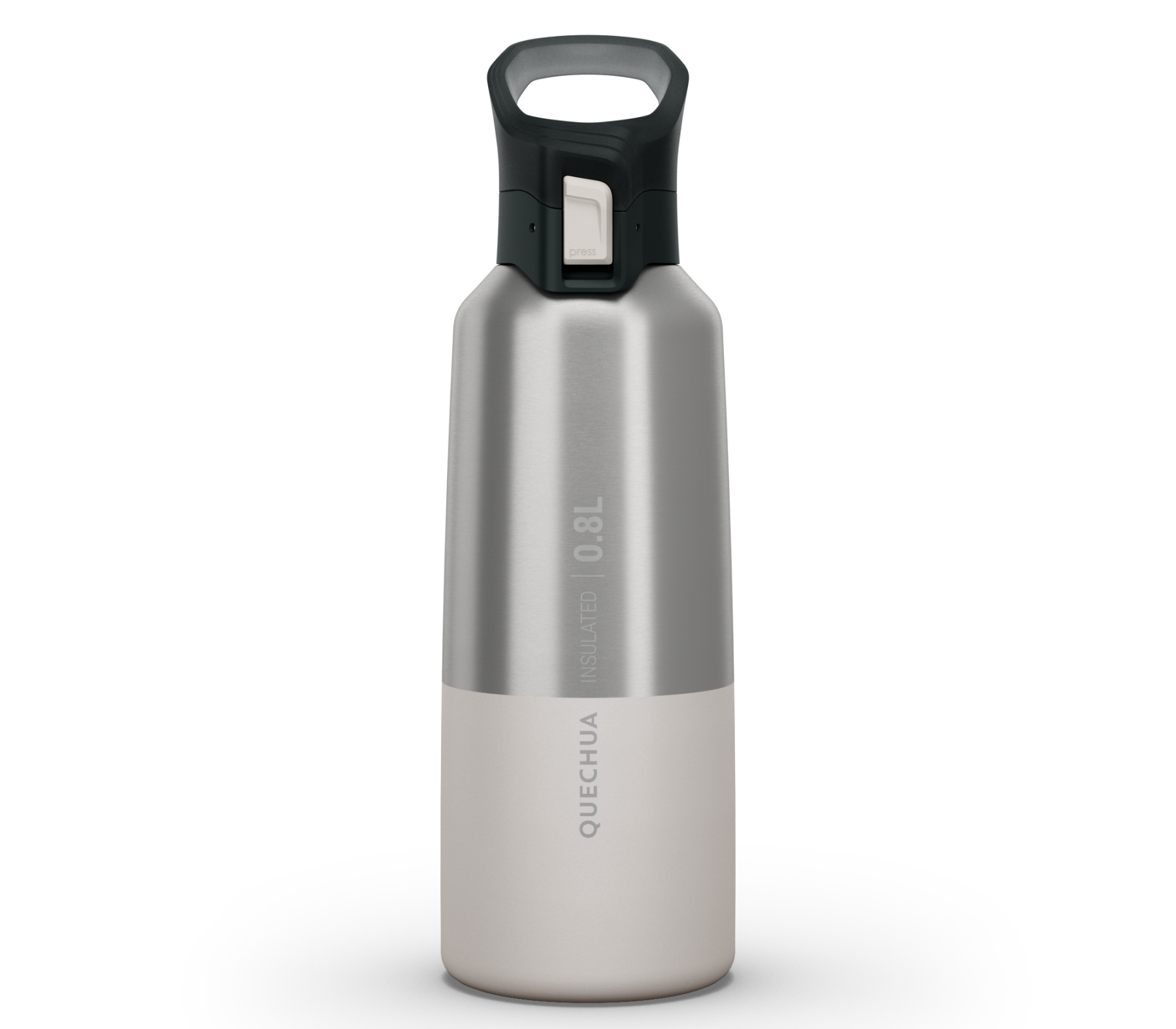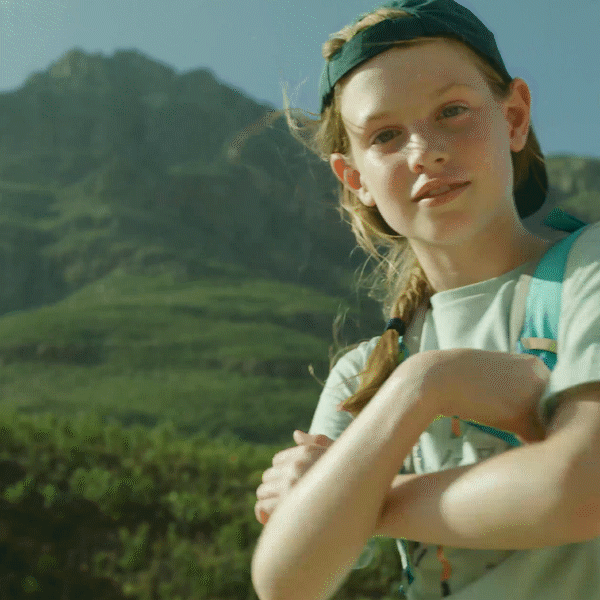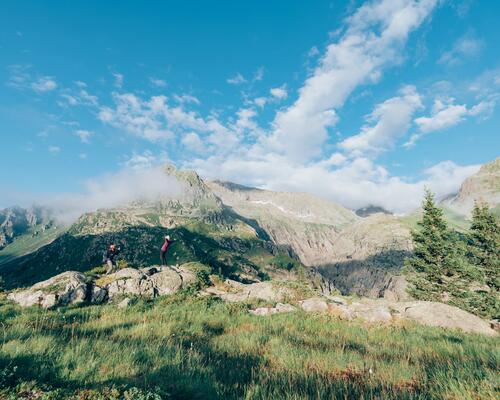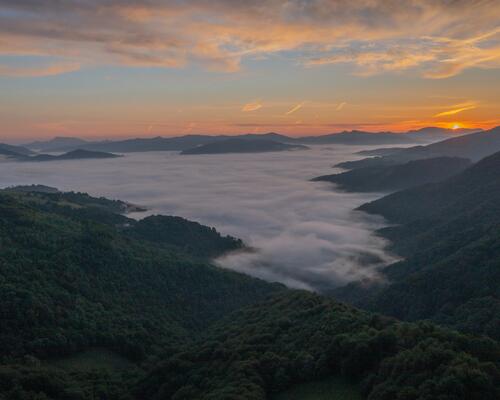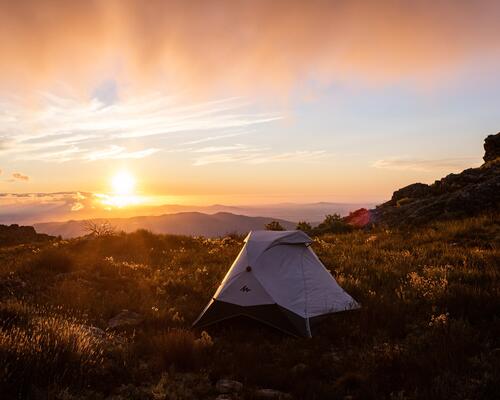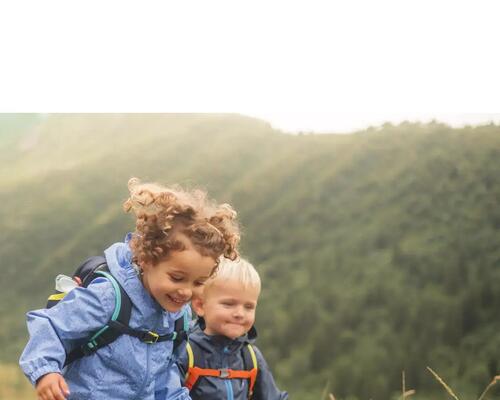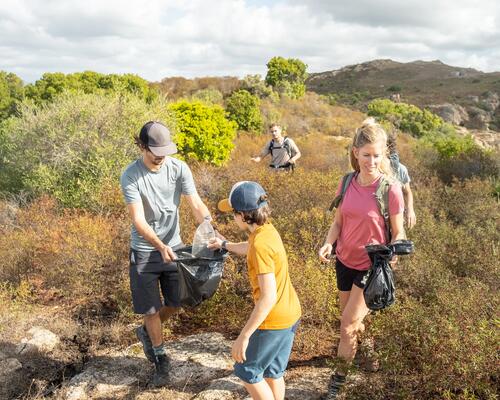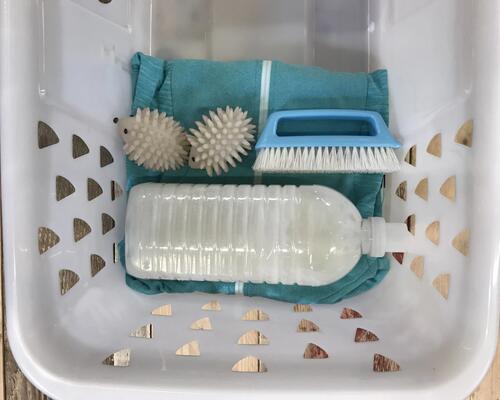Small object, big strategy
Ah, flasks: a hiking product that is so popular and familiar that we tend to no longer realise what is so special about it. Or not suspect how complex making one is! Ask engineers, designers and product managers in our Worldwide design centre: they will give you all the technical, ecological and organoleptic strategies that are behind each flask and isothermal bottle that we design. Of all the hiking, camping and van life equipment that we have been designing for over 20 years, the flask is one of those that has changed the most. The quest for the perfect flask is never-ending!


